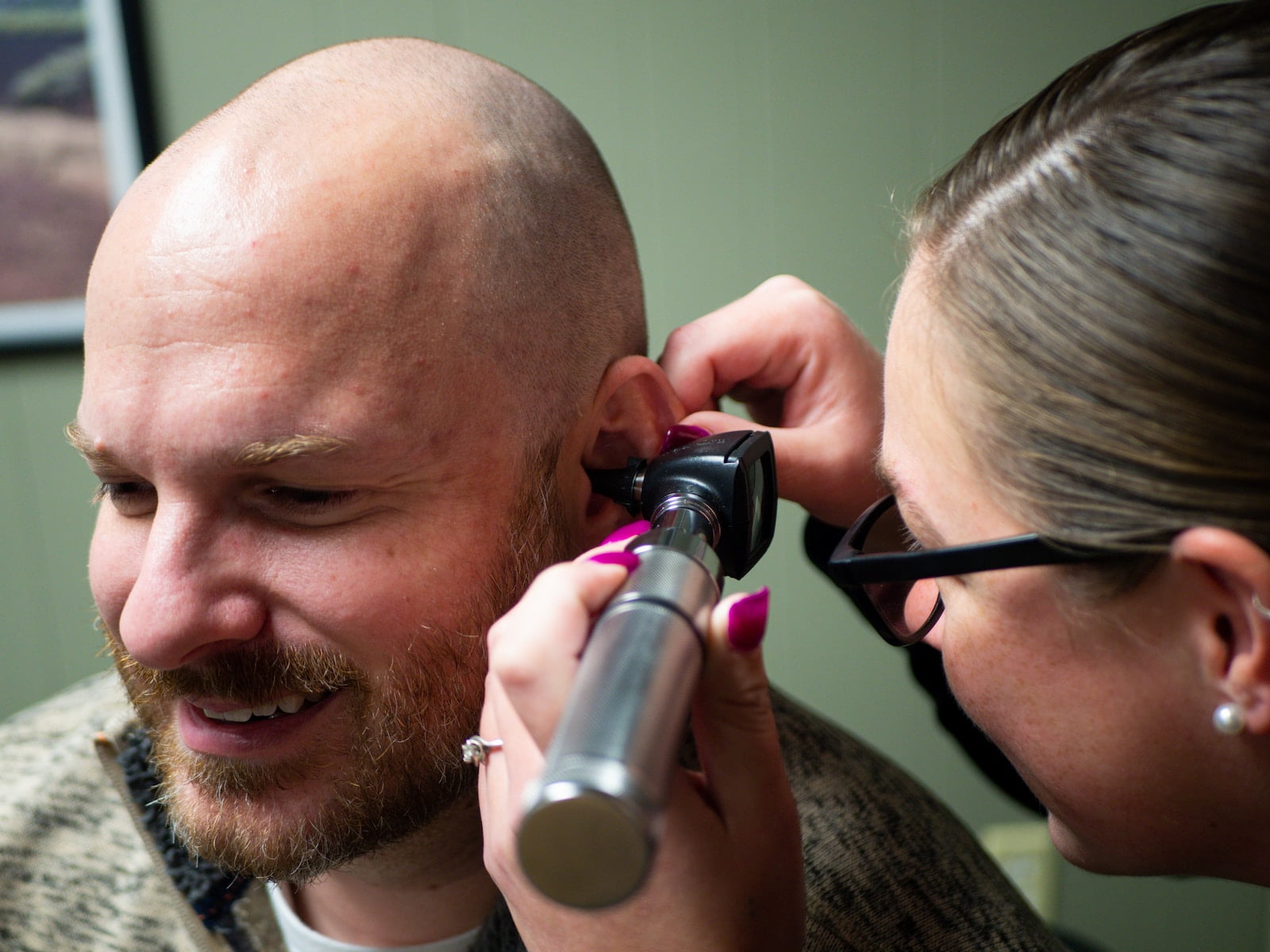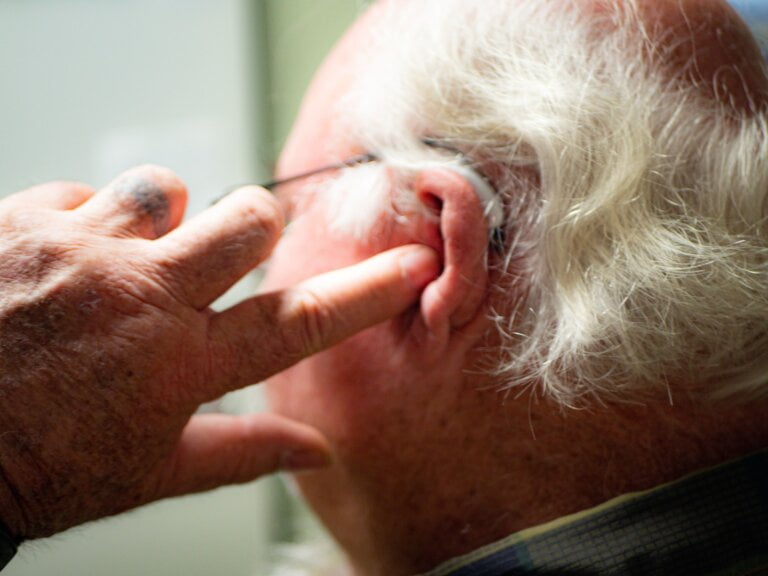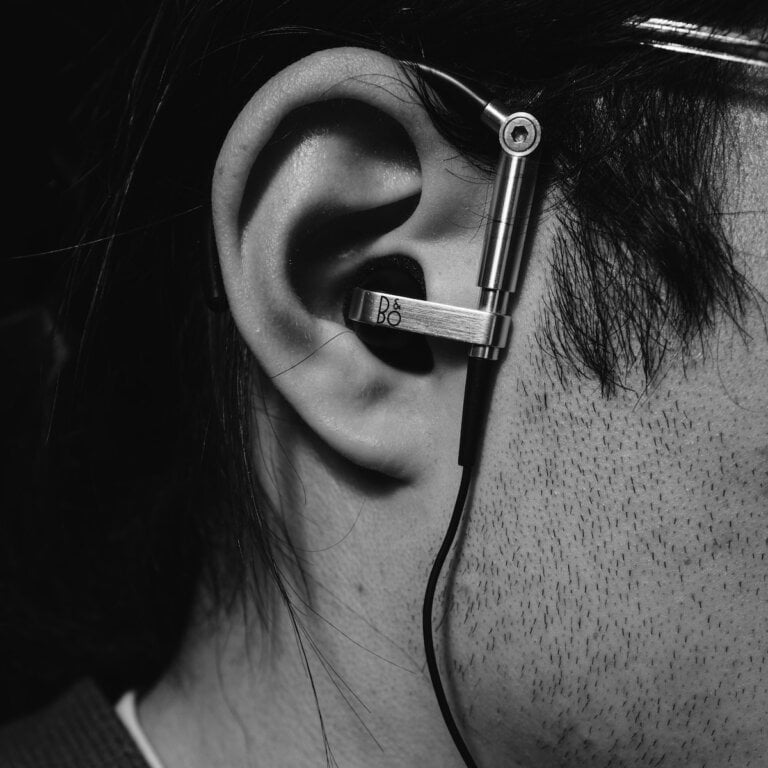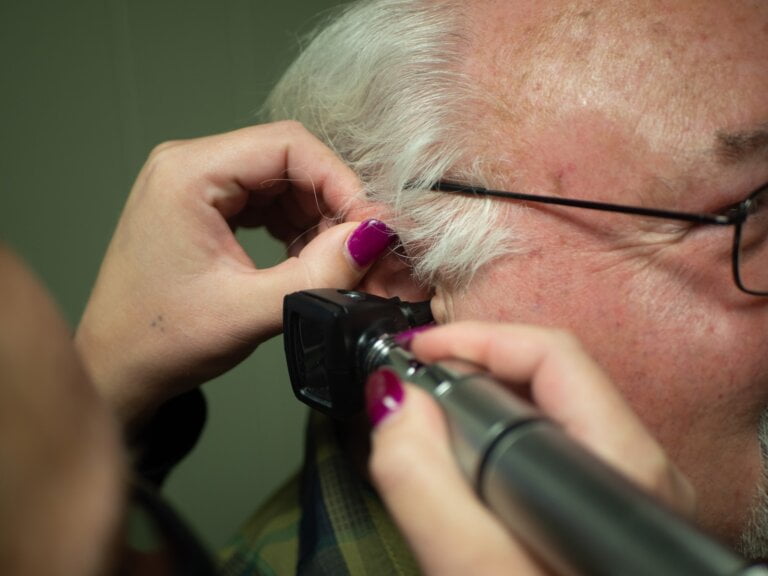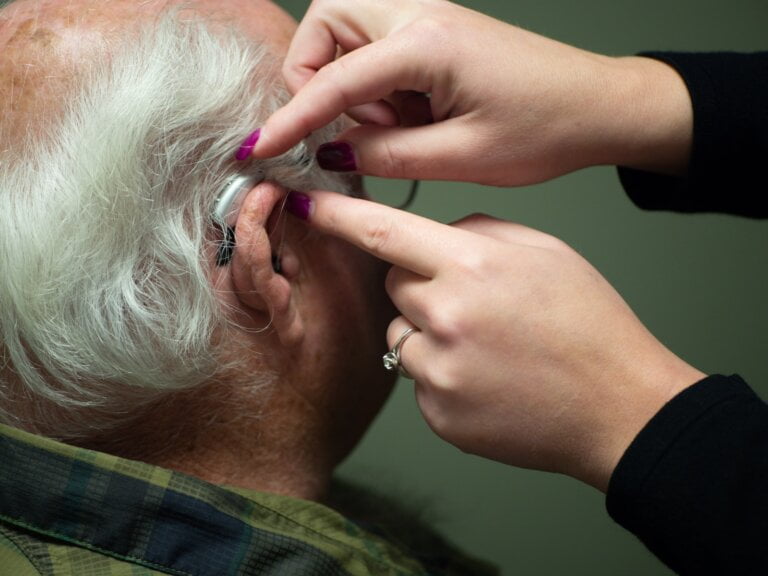Advanced Job Opportunities in Manual Instrument Ear Wax Removal
Ear wax buildup is a common problem that affects a significant number of individuals around the world. While some people may resort to home remedies or over-the-counter solutions, others seek professional help for manual instrument ear wax removal. This procedure is performed by trained audiologist who possess the necessary skills and knowledge to safely remove ear wax using specialised instruments. In recent years, the demand for professionals in this field has increased, leading to advanced job opportunities in manual instrument ear wax removal. In this article, we will explore the various roles and responsibilities of these professionals, the required qualifications, and the potential career prospects.
Roles and Responsibilities
Professionals specialising in manual instrument ear wax removal play a crucial role in maintaining ear health and preventing complications associated with excessive ear wax buildup. Their primary responsibility is too safely and effectively remove ear wax using manual instruments such as curettes, forceps, or suction devices. They must possess a thorough understanding of the anatomy of the ear and be able to identify any abnormalities or signs of infection.
In addition to removing ear wax, these professionals are responsible for providing education and counselling to patients regarding ear care and hygiene practices. They should be able to answer questions, address concerns, and offer guidance on preventive measures. Moreover, they may also collaborate with other healthcare providers, such as ENT’s in complex cases or when further examination or treatment is required.
To expand on the content under “Roles and Responsibilities,” we can further discuss the following points:
- Safe and Effective Ear Wax Removal Techniques: Audiologist in the field should be well-versed in various techniques for ear wax removal. These techniques may include manual removal using forceps, or suction devices. Each method has its advantages and considerations, and the choice of technique depends on factors such as the amount of ear wax, the patient’s comfort level, and the presence of any underlying conditions.
- Identification of Abnormalities and Infections: In addition to removing ear wax, professionals should have the ability to identify any abnormalities or signs of infection in the ear. By recognising abnormalities or signs of infection, audiologist can provide appropriate referrals or recommend further examination or treatment by specialists.
- Patient Education and Counselling: Professionals in this field should be skilled in providing education and counselling to patients regarding ear care and hygiene practices. They should be able to explain the importance of regular ear hygiene, the risks of excessive ear wax buildup, and the proper methods of cleaning the ears. Additionally, they should address any concerns or misconceptions patients may have and offer guidance on preventive measures, such as avoiding the use of cotton buds or other objects that can push the wax deeper into the ear canal.
Required Qualifications
To pursue a career in manual instrument ear wax removal, individuals typically need to meet certain qualifications. These requirements may vary depending on the country or region, but generally include:
- Education: Most professionals in this field have a background in healthcare, such as audiology or Nursing degrees. A solid understanding of medical terminology, anatomy, and infection control practices is essential.
Audiologist who are trained in manual instrument ear wax removal will have a strong foundation of knowledge of medical terminology to effectively communicate with other healthcare providers and patients and understanding the anatomy of the ear which is crucial for safe and effective ear wax removal.
- Certification: Many jurisdictions require individuals to obtain certification as an ear wax removal specialist. These certifications often involve completing specialised training programs that focus on ear anatomy, techniques for safe removal, and infection prevention.
Certification programs provide professionals with the necessary knowledge and skills to perform manual instrument ear wax removal safely and effectively. These programs typically cover topics such as the different instruments used in the procedure, abnormalities that can be found in the ear, proper techniques for ear wax removal, and infection prevention protocols. By obtaining certification, audiologist have demonstrate their competence and commitment to providing high-quality care to their patients.
- Skills and Competencies: Professionals in this field should possess excellent manual dexterity and hand-eye coordination. They must be comfortable working with delicate instruments and be able to gently manoeuver them within the ear canal. Furthermore, good communication and interpersonal skills are necessary to effectively interact with patients and address their concerns.
Career Prospects
The increasing awareness of the importance of ear health and the demand for safe and effective ear wax removal methods have contributed to the growth of advanced job opportunities in manual instrument ear wax removal. Here are some potential career paths for professionals in this field:
- Ear Wax Removal Specialist: Many professionals choose to specialise exclusively in manual instrument and microsuction ear wax removal. They may work in private practices, audiology clinics, or ear, nose, and throat (ENT) clinics. As an ear wax removal specialist, individuals can build a reputation and client base, providing a valuable service to individuals dealing with ear wax buildup.
- Audiologist: Some professionals expand their scope of practice and become licensed audiologists. In addition to performing ear wax removal, they also evaluate hearing abilities, provide hearing aid fittings, and offer rehabilitation services for individuals with hearing loss. This career path allows for a more comprehensive approach to ear health and provides opportunities for professional growth.
- Otolaryngologist Assistant: Otolaryngologists, also known as ear, nose, and throat (ENT) doctors, often employ assistants to support them in various procedures, including ear wax removal. Working as an otolaryngologist assistant allows professionals to work closely with ENT specialists, gaining valuable experience and exposure to a wide range of ear-related conditions and treatments.
- Hospital or Clinic Setting: Some professionals may choose to work in hospital or clinic settings, where they can collaborate with other healthcare providers to ensure comprehensive care for patients with ear-related concerns. This setting offers opportunities to work with diverse patient populations and contribute to a multidisciplinary team.
In conclusion, manual instrument ear wax removal presents advanced job opportunities for professionals in the field of ear health. By possessing the necessary qualifications and skills, individuals can pursue a fulfilling career in this specialised area with becoming audiologists or nurses who specialise in ear wax removal. Whether as ear wax removal specialists, audiologists, or otolaryngologist assistants, these professionals play a vital role in maintaining ear health and providing essential services to individuals experiencing ear wax buildup.

